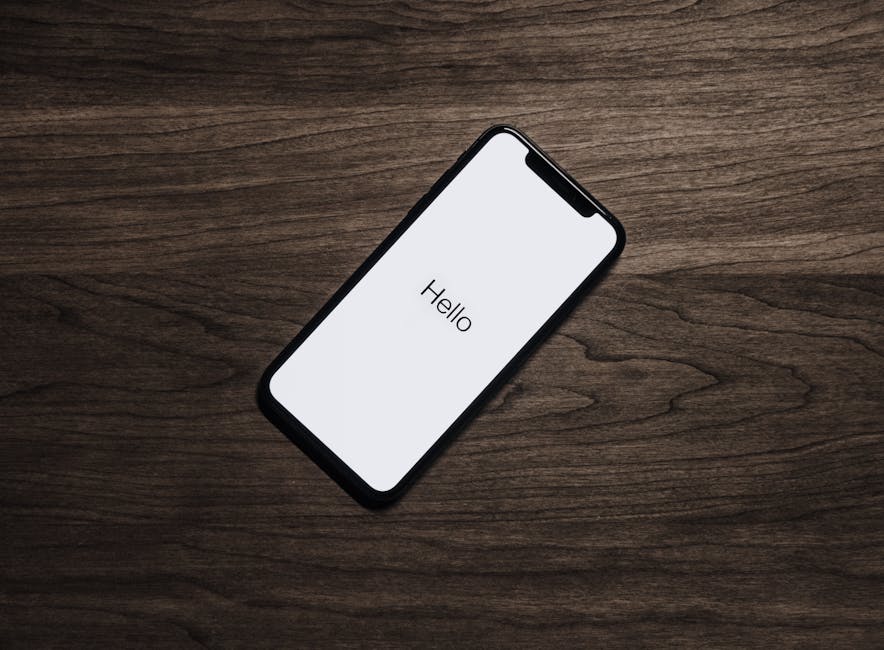If you’re experiencing browser issues, one of the first troubleshooting steps is to learn how to clear cache chrome, as accumulated cached data can sometimes cause problems. This guide will walk you through the process of clearing your Chrome browser’s cache, cookies, and browsing history to improve performance and resolve website loading errors.
Why You Should Clear Your Chrome Cache
Your Chrome browser stores temporary data, including images, scripts, and other website content, in a cache. This is designed to speed up browsing by loading frequently visited sites faster. However, over time, this cached data can become outdated or corrupted, leading to several problems:
Slow Browsing: An overloaded cache can slow down your browser’s performance. Website Loading Errors: Outdated cached files can conflict with updated website content, causing display issues or errors. Privacy Concerns: Clearing your cache and cookies can help protect your privacy by removing stored browsing data. Security Risks: Sometimes, malicious scripts can be stored in the cache, posing a security risk.
Regularly clearing your Chrome cache can help prevent these issues and ensure a smoother, more secure browsing experience. Consider reading about for more information.
How to Clear Cache in Chrome: Detailed Instructions
Here’s a detailed guide on how to clear your cache in Chrome:
- Open Chrome Settings: Click on the three vertical dots (menu icon) in the top-right corner of your Chrome browser window.
- Navigate to Privacy and Security: From the dropdown menu, select “Settings.” In the Settings menu, click on “Privacy and security” in the left-hand sidebar.
- Access Clear Browsing Data: Under the “Privacy and security” section, find and click on “Clear browsing data.” This will open a new window or tab.
- Choose a Time Range: In the “Clear browsing data” window, you’ll see a dropdown menu labeled “Time range.” Select the time range for which you want to clear the data. You can choose from options like “Last hour,” “Last 24 hours,” “Last 7 days,” “Last 4 weeks,” or “All time.” If you’re experiencing persistent issues, “All time” is usually the best option.
- Select Data to Clear: Make sure the “Cached images and files” checkbox is selected. You can also choose to clear other data, such as “Browsing history,” “Cookies and other site data,” and “Passwords.” Be mindful of what you select, as clearing passwords will require you to re-enter them on websites. Clearing cookies will log you out of most sites.
- Click Clear Data: Once you’ve selected the desired time range and data types, click the “Clear data” button. Chrome will then begin clearing the selected data. The time it takes to complete this process will depend on the amount of data being cleared.
- Restart Chrome (Optional): After the data is cleared, it’s a good idea to restart Chrome to ensure that all changes take effect.
Following these steps will effectively clear your Chrome browser’s cache and help resolve many common browsing issues.
Alternative Methods to Clear Chrome’s Cache
While the above method is the most common, here are a couple of alternative ways to clear your Chrome cache:
Using Keyboard Shortcuts: A quicker way to access the “Clear browsing data” window is to use keyboard shortcuts. On Windows, press `Ctrl + Shift + Delete`. On Mac, press `Cmd + Shift + Delete`. This will directly open the “Clear browsing data” window, allowing you to quickly select your options and clear the cache. Through the Chrome Developer Tools: For more advanced users, the Chrome Developer Tools offer another way to clear the cache. 1. Open the Developer Tools by pressing `F12` or right-clicking on a webpage and selecting “Inspect.” 2. Go to the “Network” tab. 3. Right-click anywhere on the Network tab. 4. Select “Clear browser cache.”
These alternative methods provide different ways to achieve the same result: a clean Chrome cache. You might want to learn to further optimize your browsing experience.
Understanding the Different Types of Data You Can Clear
When clearing your browsing data, it’s important to understand the different types of data and their impact:
Browsing History: This is a record of the websites you’ve visited. Clearing it removes these entries from your browser history. Cookies and Other Site Data: Cookies are small files that websites store on your computer to remember your preferences and login information. Clearing cookies will log you out of most websites and may reset your preferences. Cached Images and Files: This includes temporary files like images, scripts, and other website content that Chrome stores to speed up loading times. This is the primary data you’re targeting when you want to clear the cache. Passwords: If you have saved passwords in Chrome, clearing this option will remove them. You’ll need to re-enter your passwords on websites. Autofill Form Data: This includes saved information like addresses and credit card details that Chrome uses to automatically fill out forms. Clearing this data will remove these saved entries. Site Settings: This includes permissions you’ve granted to websites, such as access to your camera or microphone. Clearing this data will reset these permissions.
Carefully consider which types of data you want to clear based on your specific needs and concerns.
Troubleshooting Common Issues After Clearing Cache Chrome
After you clear cache chrome, you might encounter a few temporary issues:
Slower Loading Times: The first time you visit websites after clearing the cache, they may load slower than usual. This is because Chrome needs to re-download the cached files. This is normal and should improve over time. Login Required: Clearing cookies will log you out of most websites. You’ll need to re-enter your login credentials. Website Appearance Changes: Some websites may appear slightly different after clearing the cache, especially if they have been updated recently. Potential Data Loss: If you accidentally cleared important data, such as saved passwords or autofill information, you may need to manually re-enter it.
These issues are usually temporary and should resolve themselves as you continue to browse the web.
When to Clear Your Chrome Cache
There’s no one-size-fits-all answer to how often you should clear your Chrome cache. However, here are some general guidelines:
When Experiencing Browser Issues: If you’re experiencing slow browsing, website loading errors, or other browser-related problems, clearing the cache should be one of the first troubleshooting steps. Periodically for Maintenance: Even if you’re not experiencing any specific issues, it’s a good idea to clear your cache periodically (e.g., once a month) as part of your routine browser maintenance. After Visiting Suspicious Websites: If you’ve visited websites that you suspect may be malicious, clearing your cache and cookies can help remove any potentially harmful data. To Protect Your Privacy: If you’re concerned about your privacy, regularly clearing your cache and cookies can help reduce the amount of data stored about your browsing activity.
Consider using Chrome’s built-in settings to automatically clear certain data on exit for added privacy .
Preventing Cache Build-Up
While you can’t completely prevent cache build-up, you can take steps to minimize it:
Use Incognito Mode: When browsing in Incognito mode, Chrome doesn’t save your browsing history, cookies, or cached data. This is useful for browsing sensitive websites or for troubleshooting purposes. Limit the Number of Extensions: Browser extensions can sometimes contribute to cache build-up. Disable or uninstall extensions that you don’t use regularly.
- Keep Chrome Updated: Make sure you’re using the latest version of Chrome. Updates often include performance improvements and bug fixes that can help manage cached data more efficiently.
By taking these preventive measures, you can help keep your Chrome cache under control and maintain a smoother browsing experience. You might also consider for a more comprehensive approach.
Conclusion
Knowing how to clear cache chrome is an essential skill for any Chrome user. By following the steps outlined in this guide, you can effectively clear your browser’s cache, resolve common browsing issues, and protect your privacy. Remember to clear your cache periodically and take preventive measures to minimize cache build-up. If you continue to experience problems after clearing the cache, consider other troubleshooting steps, such as disabling extensions or resetting Chrome to its default settings. Regularly clearing your Chrome cache ensures a smoother and more secure browsing experience. Check for more troubleshooting tips.
Related Articles
- Switching Teams: A Comprehensive Guide to Transferring Your iPhone Data to Android
- How to Clear Cache on Android: Speed Up Your Phone and Free Up Space
- How to Change Keyboard on Android: A Comprehensive Guide






